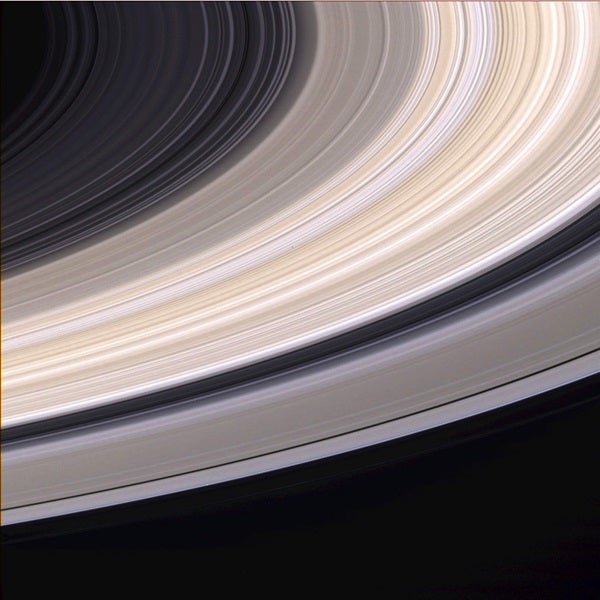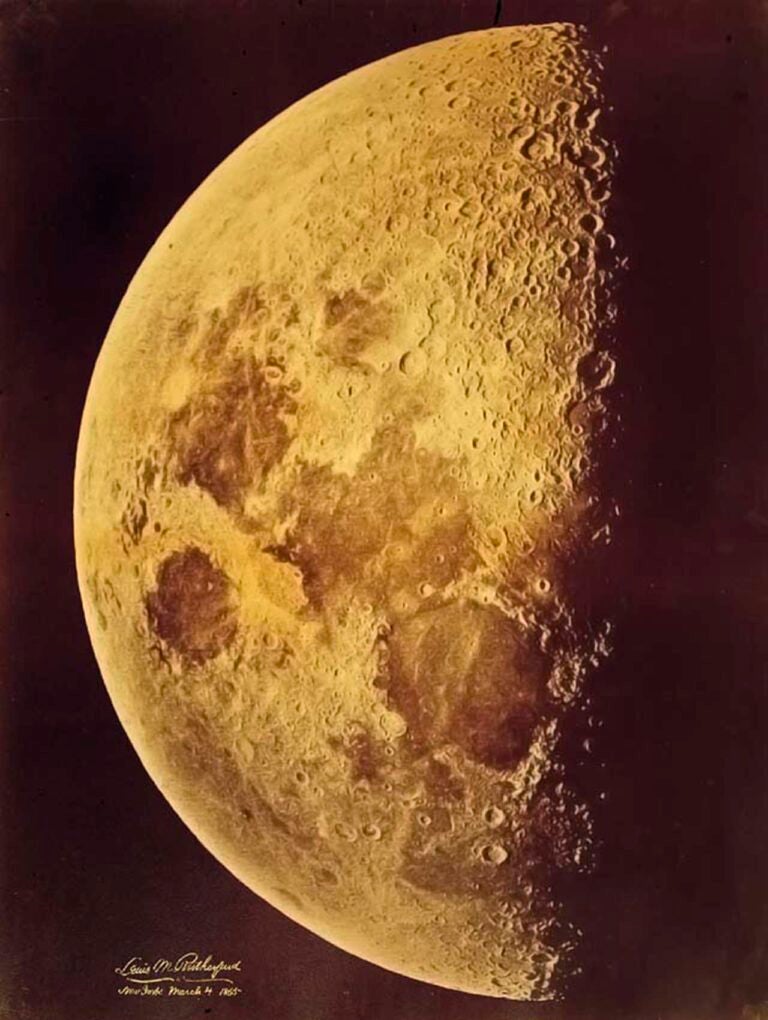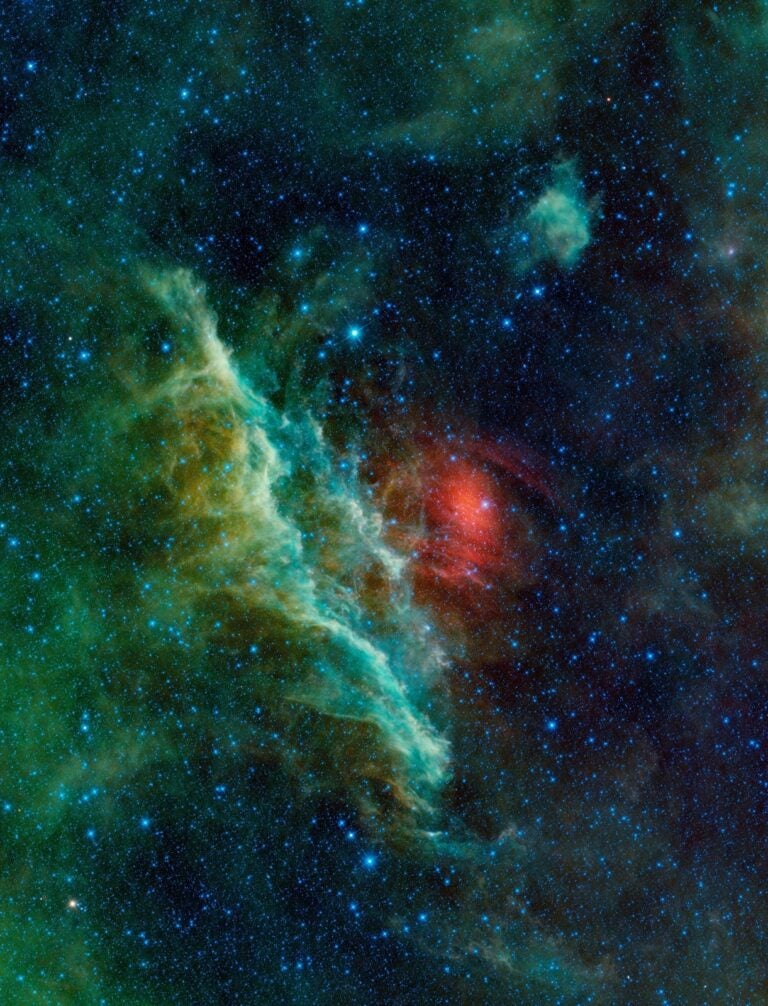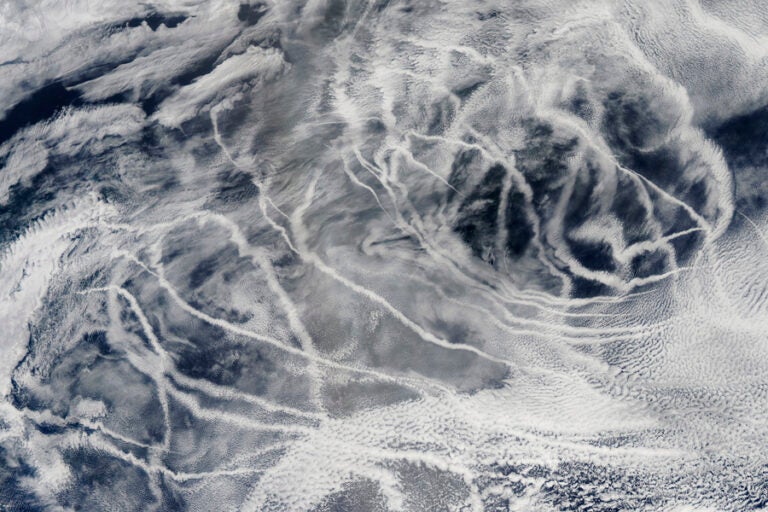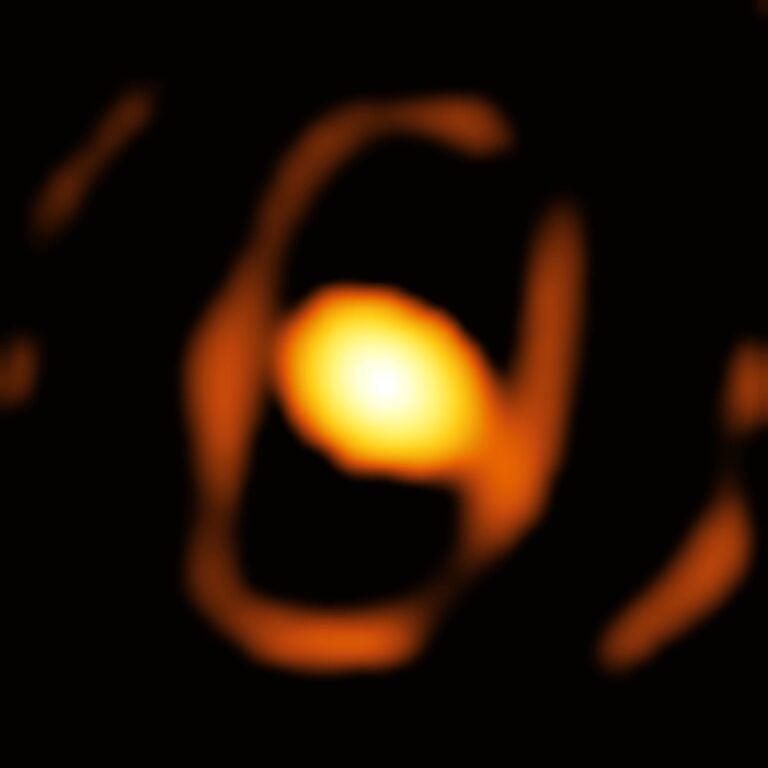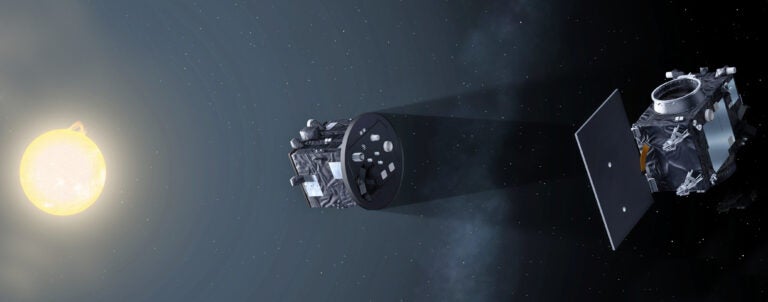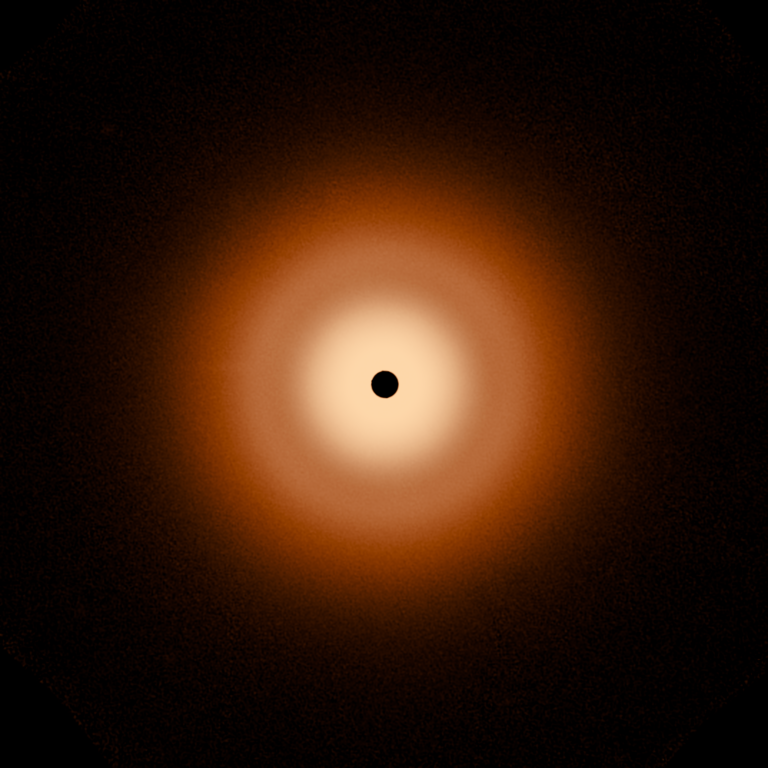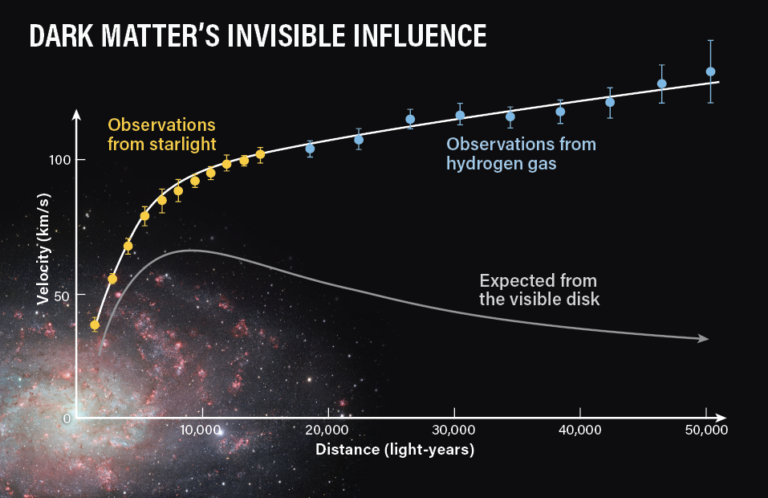A team of researchers in Japan have created a new model for what may have formed Saturn’s rings (well as rings on other giant planets) using computer simulations.
Ryuki Hyodo (Kobe University, Graduate School of Science) and co-authors Professor Sébastien Charnoz (Institute de Physique du Globe/Université Paris Diderot), Professor Keiji Ohtsuki (Kobe University, Graduate School of Science), and Project Associate Professor Hidenori Genda (Earth-Life Science Institute, Tokyo Institute of Technology) published their research in early October on the online version of Icarus.
They focused on the Late Heavy Bombardment period in which it’s believed the giant planets in our solar system experienced orbital migration about four billion years ago. It’s thought that several thousand objects about one fifth the size of Earth existed in the outer solar system beyond Neptune. The orbits of these bodies because unstable due to gravitational interactions with the giant planets and caused many of them to enter the solar system and collide with already formed planets.
The researchers calculated whether these Pluto-sized objects from the Kuiper belt passed close enough to the giants to be destroyed by their tidal force. According to the calculations, Saturn, Uranus, and Neptune all experienced multiple close encounters, ending with the destruction of these dwarf worlds.
The researchers then used computer simulations to investigate if tidal forces disrupted the Kuiper belt objects as they passed by the giants and received varied results.
They also simulated the fragments’ long-term evolution and found that fragments of several kilometers are expected to experience high-speed collisions and shatter into small pieces. These collisions are expected to circularize the orbits and can lead to ring formations.
This model can also explain the difference ring compositions between Saturn and Uranus’ rings. Uranus and Neptune have a higher density than Saturn, which means that objects can pass close to the planet where they will experience strong tidal forces. If Kuiper belt objects pass by Uranus or Neptune, even the rocky core will be destroyed and captured, as well as the icy mantle, and will form rings with a rocky composition. Saturn, however, will only have the icy mantle destroyed, which will cause icy rings.
These results show that the rings of giant planets are natural results of the process that formed planets in our solar system. Giant exoplanets orbiting other stars will probably have rings with a similar development. Scientists will continue to research the rings to better understand their formations.

